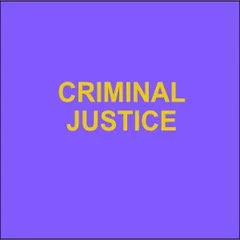By Robin M. Maher, Leah Roemer
While all eyes are on the race for U.S. President, it is local races for prosecutor, state judge, legislator, and governor that will decide whether and how the death penalty is used. The President only has jurisdiction over federal death penalty cases, which currently represent about 2% of all death row prisoners and 1% of all executions carried out in the U.S. since 1976. He or she selects the Attorney General, who determines whether to seek death sentences in eligible federal cases and how to defend existing federal death sentences. The President also has clemency power for people convicted of federal crimes, including those on federal death row.
Washington, DC: Death Penalty Information Center, 2024. 32p.



